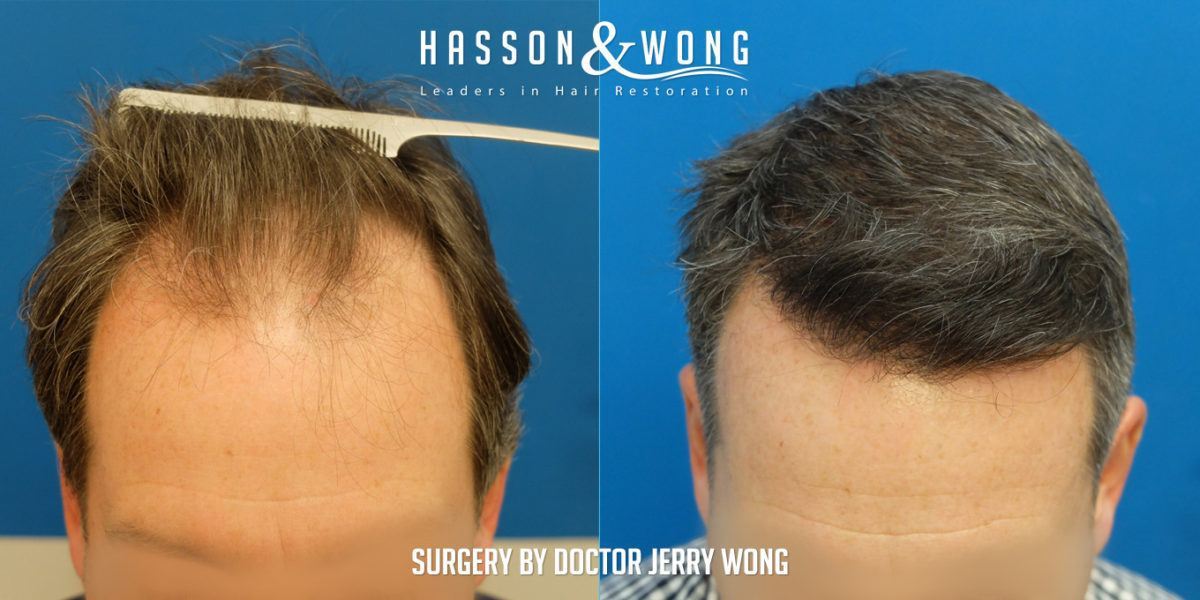hairsite > hair multiplication > ptd-dbm interferes cxxc5 promotes hair regrowth
PTD-DBM Interferes CXXC5 Activity, Promotes Hair Growth

CXXC5 Protein Interferes Hair Growth
Many researchers believe that WNT signaling pathways inside of a cell is responsible for follicle development and hair regeneration in humans. These pathways are usually made of proteins and they communicate important cell activity and proliferation signals to various cells throughout our body.
Recently, researchers in Korea discovered that a certain protein named CXXC5 interferes the cellular activity of WNT signaling pathways. CXXC5 is short for "CXXC-type zinc finger protein 5". It is speculated that the presence of CXXC5 protein disrupts normal WNT signaling activity can have a negative effect on hair growth and hair regeneration.
PTD-DBM Stimulates Hair Regrowth
In an attempt to disrupt the undesirable activity of CXXC5 on hair growth, Korean scientists led by Choi Kang-yeol of Yonsei University discovered a new biochemical substance that can act as an CXXC5 inhibitor and promote hair growth and hair regeneration. The new compound is called PTD-DBM which is short for Protein transduction domain (PTD)-Dvl-binding motif (DBM).
According to clinical studies conducted by Choi and his team, the positive effect of PTD-DBM on hair regeneration is shown in human hair follicle dermal papilla cells which is a very encouraging sign as it is done in human follicles and not another mice model. The research is also published in Journal of Investigative Dermatology and publicized in Korea Times, SCMP, and US National Library of Medicine NIH. It is further reported that maximum results from PTD-DBM hair regeneration is to combine with wound-induced hair follicle development with valproic acid.
Forum Discussion - PTD-DBM Hair Regeneration Technology
We have contacted the researchers responsible for this exciting new development in PTD-DBM hair regeneration technology for an indepth discussion. To follow the latest development in PTD-DBM hair growth research, go to our community forum at PTD-DBM CXXC5 Inhibitor Hair Regeneration.
This is our first ever editorial on CXXC5 inhibitor as a hair regrowth or regeneration treatment. We hope the commercial application for PTD-DBM hair regeneration will be available on the market as a topical hair loss treatment very soon.
PTD-DBM Hair Regeneration, What to Expect?
This is not the first time scientists target WNT signaling pathways a hair regrowth treatment. Dr. John Cole (Atlanta, US) has already introduced his version of WNT Activator topical hair therapy so one may want to refer to WNT Activator to gauge the kind of results you may expect from PTD-DBM hair regeneration.
Also, as with all scientific research on hair regeneration, there are a lot of unknowns and there is no easy way to tell whether a particular research will be brought to fruition or not. The same goes for PTD-DBM hair regeneration.
The good news is that the research and possibly commercial development will probably happen outside of the United States, so stringent FDA approval process will not be an obstacle. Also, the eventual commercial application of this product will most likely be a non invasive topical treatment which again will make it to the market sooner.
To learn more about PTD-DBM and WNT Signaling Pathway related hair regeneration or to find out more about the latest in hair restoration technology, contact Hasson & Wong at info@hassonandwong.com or call 1–800–859–2266 or (604) 739-4247 (Canada) to arrange a FREE no cost, no fee consultation for an indepth assessment of your condition. Hasson & Wong is presently a Top Ranked hair clinics on HairSite based on number of successful hair transplant patient results published.

